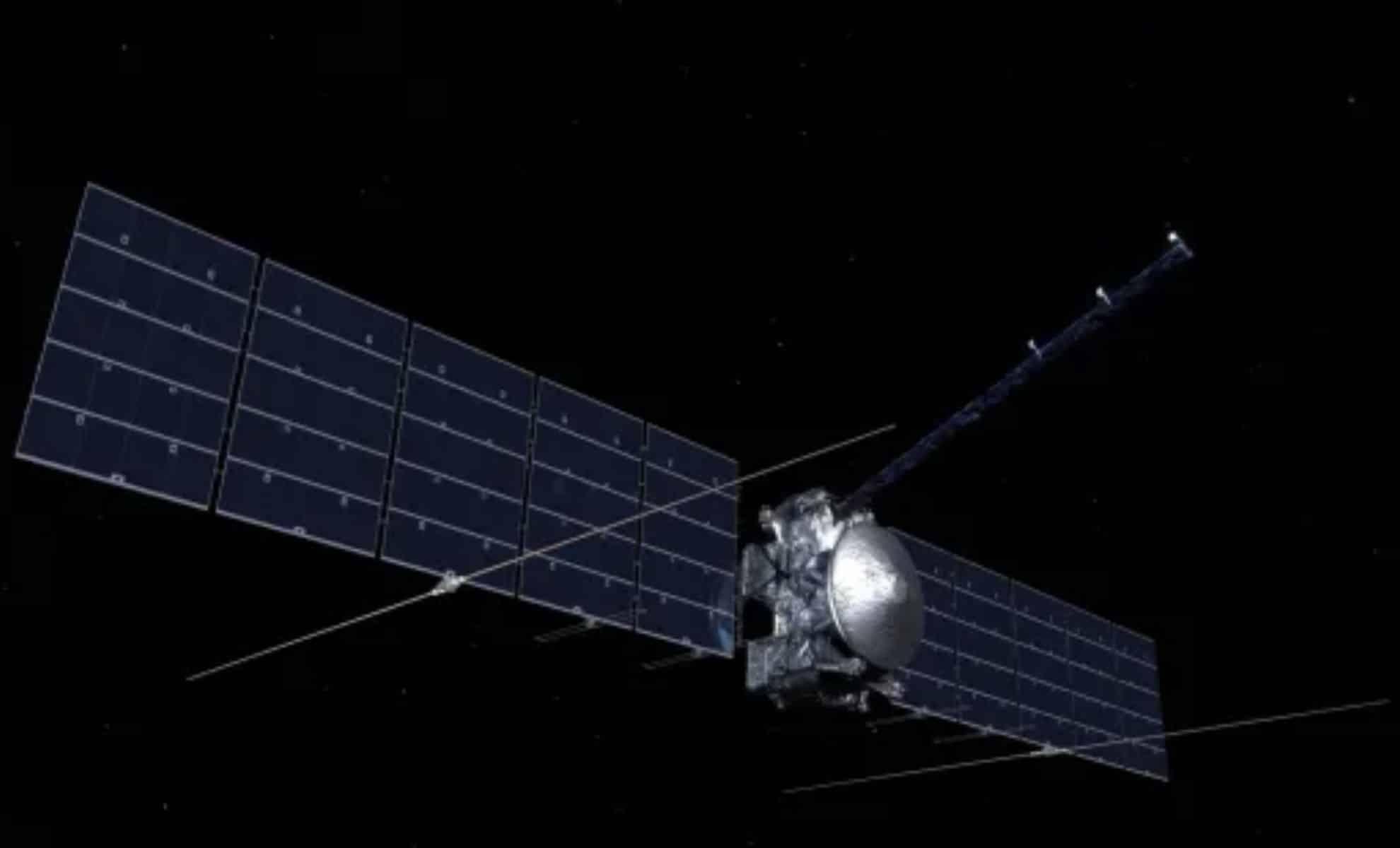
NASA’s Giant Radar Is Already Seeing Deep Beneath Planets
How did your country report this? Share your view in the comments.
Diverging Reports Breakdown
NASA’s Giant Radar Is Already Seeing Deep Beneath Planets — Before Reaching Europa
NASA has confirmed that the radar instrument aboard the Europa Clipper spacecraft performed flawlessly during its flyby of Mars in March 2025. This test marks a pivotal moment in preparing the mission for its eventual encounter with Jupiter’s moon Europa, where scientists believe a vast subsurface ocean may exist beneath an icy crust. The test over Mars’ volcanic plains allowed REASON to collect 60 gigabytes of detailed data, offering a dry run for what it will encounter at Europa. “We got everything out of the flyby that we dreamed,” said Don Blankenship, principal investigator of the radar instruments at the University of Texas at Austin. ‘Every part of the instrument proved itself to do exactly what we intended,’ said Trina Ray, deputy science manager for Europa Clippers at JPL. � “All of us who had worked so hard to make this test happen — and the scientists seeing the data for the first time — were ecstatic, saying, ‘Oh, look at this!’”
A Radar Made to See Through Ice
REASON—short for Radar for Europa Assessment and Sounding: Ocean to Near-surface—is a uniquely designed tool engineered to look beneath Europa’s thick surface ice and possibly detect signs of liquid water or even the subsurface ocean that many planetary scientists suspect lies beneath. The radar system relies on two pairs of long, slender antennas extending from the spacecraft’s massive solar arrays, which span roughly the size of a basketball court. The configuration enables the spacecraft to bounce radio waves off a surface and receive echoes that inform scientists about the internal structure of the targeted body—in this case, Mars.
The test over Mars’ volcanic plains allowed REASON to collect 60 gigabytes of detailed data, offering a dry run for what it will encounter at Europa, but under far more demanding conditions. “We got everything out of the flyby that we dreamed,” said Don Blankenship, principal investigator of the radar instrument at the University of Texas at Austin. “The goal was to determine the radar’s readiness for the Europa mission, and it worked. Every part of the instrument proved itself to do exactly what we intended.”
Europa Clipper’s radar instrument received echoes of its very-high-frequency radar signals that bounced off Mars and were processed to develop this radargram. What looks like a skyline is the outline of the topography beneath the spacecraft.
NASA/JPL-Caltech/UT-Austin
Testing in Space What Cannot Be Tested on Earth
Before launch, engineers at NASA’s Jet Propulsion Laboratory (JPL) had pushed REASON to its limits in every way possible. On Earth, they stretched out test versions of the antennas across outdoor towers on a plateau above JPL. Yet, due to the need for a sterile environment and the sheer scale required to validate echo functionality, Earth-based simulations could only go so far. A chamber large enough to replicate signal bounceback would need to be almost 250 feet long—an impractical setup by any measure.
This made the Mars flyby indispensable. It offered the only realistic way to evaluate REASON’s performance in an actual planetary environment. “The engineers were excited that their test worked so perfectly,” said Trina Ray, deputy science manager for Europa Clipper at JPL. “All of us who had worked so hard to make this test happen — and the scientists seeing the data for the first time — were ecstatic, saying, ‘Oh, look at this! Oh, look at that!’ Now, the science team is getting a head start on learning how to process the data and understand the instrument’s behavior compared to models. They are exercising those muscles just like they will out at Europa.”
A Mission With Planetary Implications
Europa Clipper launched on October 14, 2024, from NASA’s Kennedy Space Center and is currently more than 280 million miles from Earth. Its trajectory includes one more planned gravity assist—this time from Earth in 2026—before it finally arrives at Europa. The spacecraft’s 1.8 billion-mile journey underscores both the complexity and the ambition of the mission.
Once it reaches Jupiter’s moon, REASON will operate at altitudes as low as 16 miles (25 kilometers) from the surface, far closer than during the Mars flyby. The primary scientific objectives include measuring the thickness of Europa’s icy shell, analyzing its geological activity, and characterizing its chemical composition—all crucial elements in the broader search for potentially habitable environments beyond Earth.
The ability to penetrate Europa’s ice, visualize its internal structures, and identify areas where the surface interacts with the ocean below is central to this mission. Scientists hope that these interactions could transfer subsurface ocean material to the surface, making it accessible for remote sensing instruments.
Building Momentum Before Reaching Europa
With the Mars test successfully completed and the radar system fully operational, the Europa Clipper science team now has a valuable head start. Processing and interpreting the Mars data will allow the team to refine their analytical models and prepare for the far more complex datasets expected at Europa. This early rehearsal could dramatically enhance the effectiveness of the radar once the spacecraft begins its repeated close passes over the icy moon.
In many ways, the Mars flyby marks the true beginning of the scientific phase of the mission. It has allowed the engineers and scientists to shift from theoretical readiness to demonstrated capability. As the spacecraft continues on its path, it carries not only a functioning radar but also a team better equipped to extract insights from the frozen frontier of the outer solar system.
Source: https://dailygalaxy.com/2025/08/nasa-radar-seeing-deep-beneath-planets/
